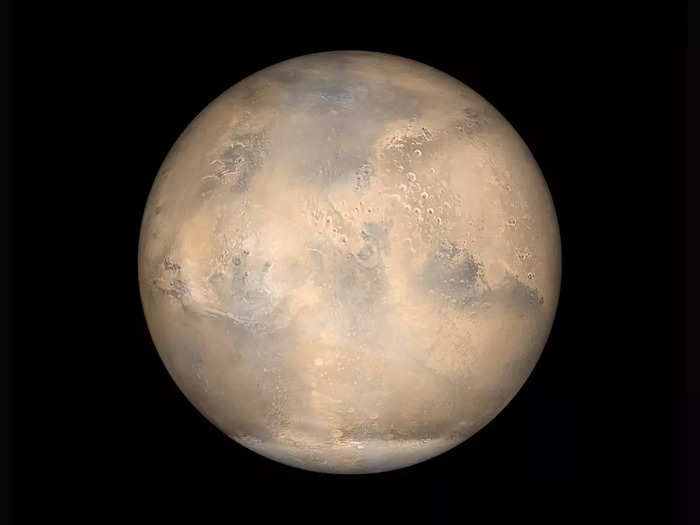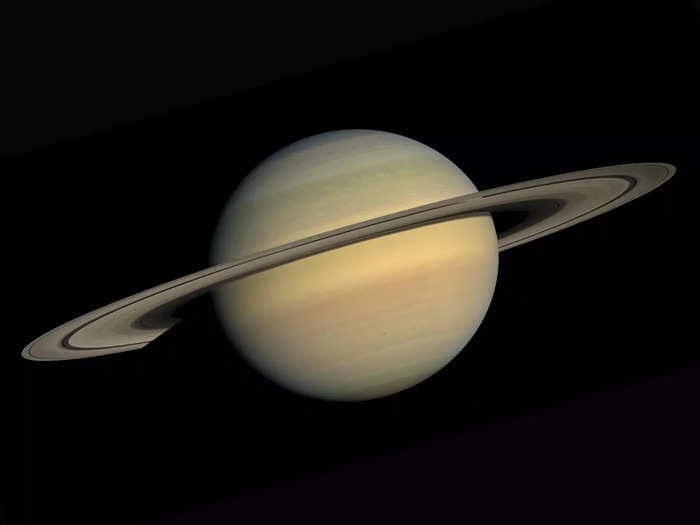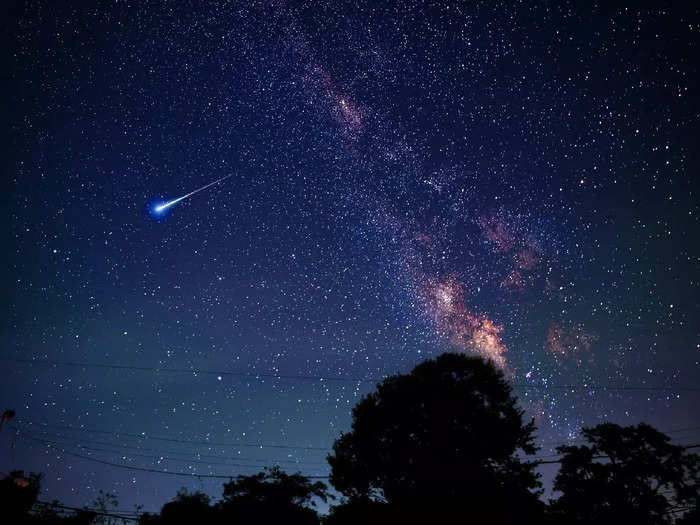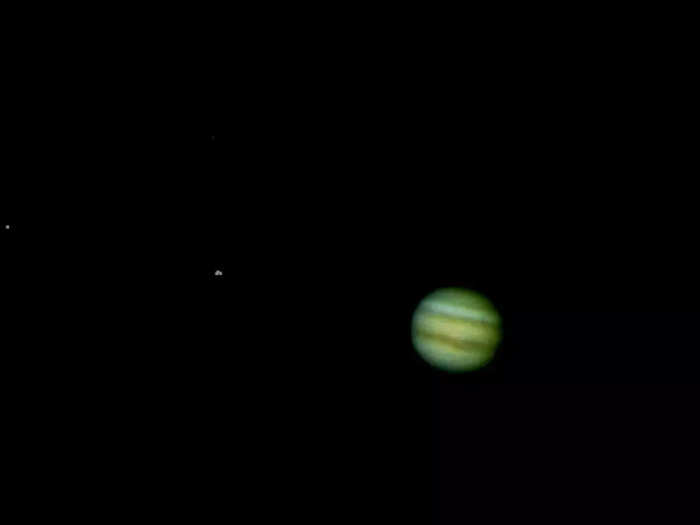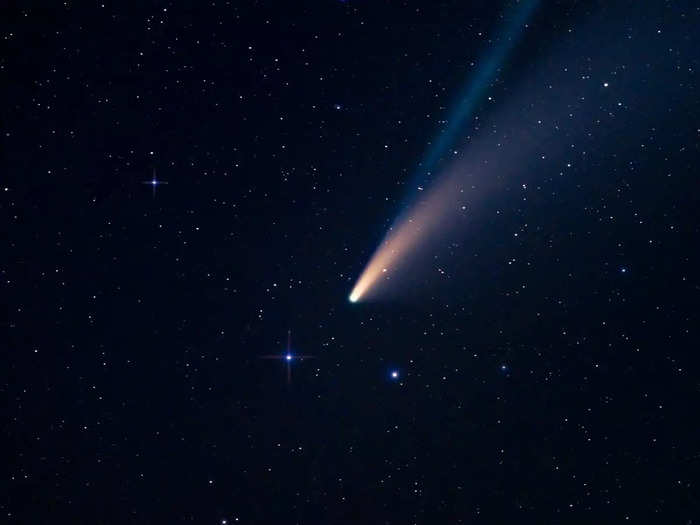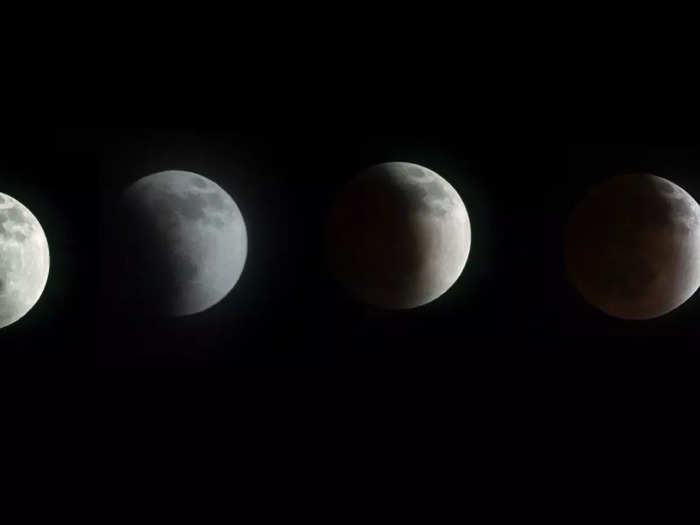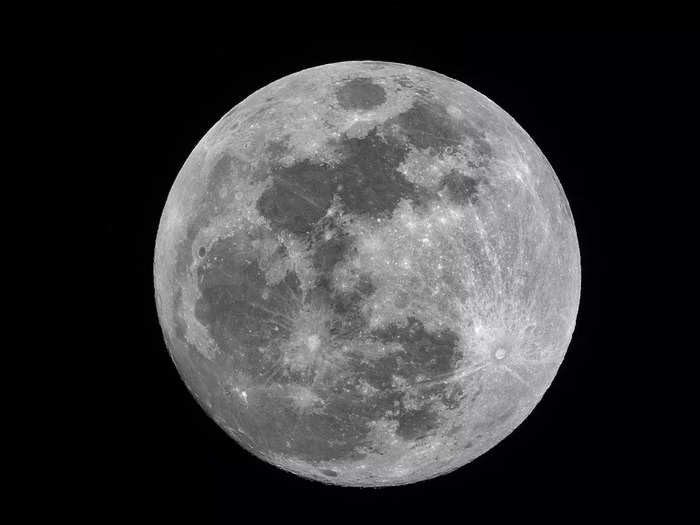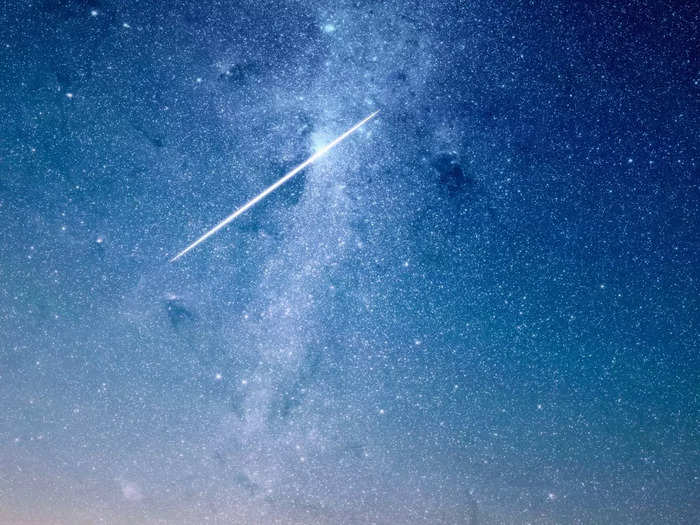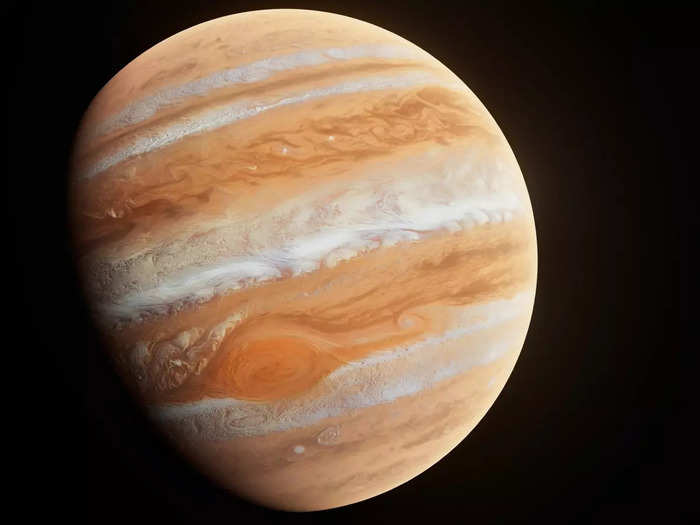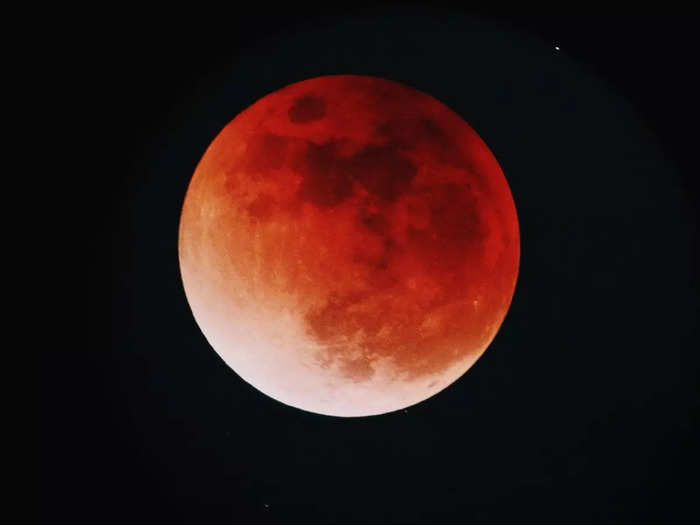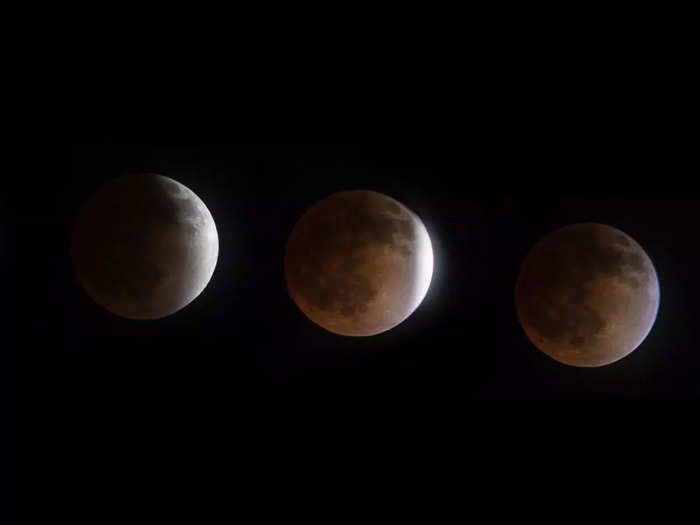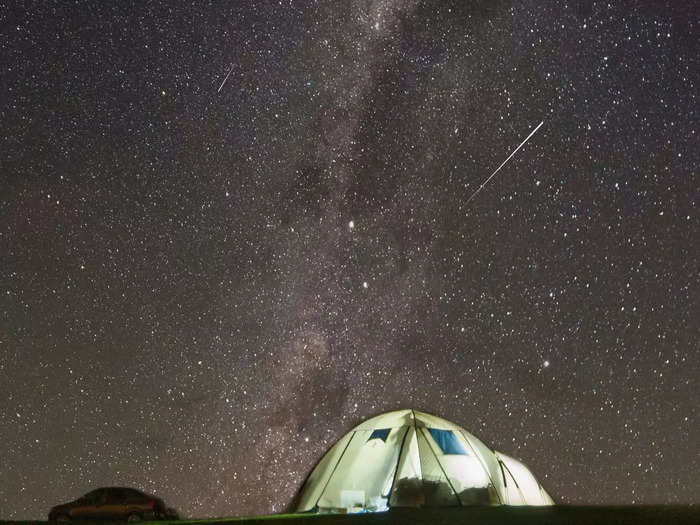- This year is going to be a treat for skywatchers.
- From eclipses to meteor showers, there are plenty of events to look out for.
- The planets will align together in June.
2022 began with a Quadrantids meteor shower which peaked during the early hours of January 3, there’s much more to come for the skywatchers this year. Be it the eclipses or meeting up of planets in the sky, we have a lot to look forward to this year. If you haven’t already, do take a look at all the skywatching activities for the
month of January.
In this story, we take a look at the major skywatching events of the year.
Bright Venus in February-March
Unsplash
Venus, which shines brightly in the skies will reach its peak of enlightenment on February 13. The best time to watch it will be a couple of hours before sunrise in the morning sky. It will be visible low in the southeast sky and will resemble a crescent moon when looking through steady binoculars or a telescope. It will be visible across February and March and on March 20, it will reach a half-moon phase.
Mars and Saturn on April 5
Unsplash
Skywatchers are in for a treat before sunrise, early in the morning on April 5, when Mars will just be 0.4 degrees below Saturn in the east-Southeast sky. Gazers would be able to witness the colour contrast between the two planets, a yellow-white Saturn and an orangish Mars. Another interesting addition to this meet-up will be Venus, 7-degrees apart.
Comet in April-May
Unsplash
Comet C/2021 O3 (PanSTARRS) is going to pass close (within 42.8 million kilometres) to the sun on April 21. It could brighten up well enough to be visible by naked eyes during late April and early May. If it is visible, it will be in the west-northwest sky, just after sunset in the evening sky.
Jupiter and Venus in April
Unsplash
On April 27, Jupiter will be 3-degrees apart from Venus and along with a crescent moon, will look dazzling in the east-southeast horizon in dawn twilight. And on April 30, the two will only be 0.5-degrees apart and look side-by-side to the early risers on the day. Venus, however, will look six times brighter than Jupiter.
Meteor outburst in May
Unsplash
During the night of May 30-31, you could witness a meteor shower that is caused due to the movement of Earth through a dense cloud of meteoroids that was caused due to the bursting of a small comet. If this event occurs, you should be able to witness dozens of shooting stars in the sky.
Alignment of planets in June
Unsplash
In the second half of June, skywatchers will be treated to a beautiful alignment of the planets in the same order as they are from the sun in our solar system — Mercury, Venus, Mars, Jupiter and Saturn. They will be visible during the twilight hours spanning in the eastern and southeastern sky in the latter half of June. Apart from the planets, The moon will get close to each planet during this period — Saturn on June 18; Jupiter on June 21; Mars on June 22; Venus on June 26 and Mercury on June 27.
Biggest full moon on July 13
Unsplash
On July 13, the moon will be at its closest point to the Earth in 2022. It will only be 3,57,264 km away from the sun and will be shining brightly as the largest full-moon of the year. It will be visible during the late hours of the night and will be responsible for the extremely low and high tides in the ocean in the subsequent days that follow.
Meteor Shower on August 12
Unsplash
Another meteor shower awaits the skygazers on August 12, as Perseid meteor shower takes place on the day. However, the visibility will be hindered by a bright full moon.
Jupiter gets close on September 26
Unsplash
Jupiter will make its closest approach to Earth since October 1963 at a distance of 591.2 million km. It will appear very large against the stars of the constellation Pisces in the night sky.
Lunar eclipse on October 25
Unsplash
The moon will set as it starts to emerge from the complete lunar eclipse. We may experience a moderately dark eclipse having brownish shade across the lower part of the moon, in contrast with a bright red upper half.
Moon and Mars in December
Unsplash
On the evening of December 7, you can witness the full moon coming close to planet Mars and hide it for parts of the world. This phenomenon would be repeated that night. And on December 8, Mars will reach its highest point in the sky at midnight and will set at sunrise. It will outshine even the brightest star, Sirius, on the day.
Meteor shower in December
Unsplash
We have another meteor shower lined up in the last month of the year. The Geminid meteor shower which is considered to be the best throughout the year will be dull this year as it appears during the last quarter of the moon’s cycle. However, the brightest meteors will be visible after-midnight hours.
There are other events and eclipses as well, however, we have not included them in this article as they are unlikely to be visible in India.

